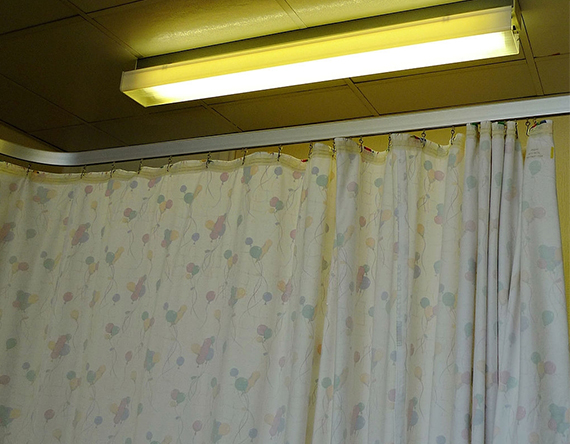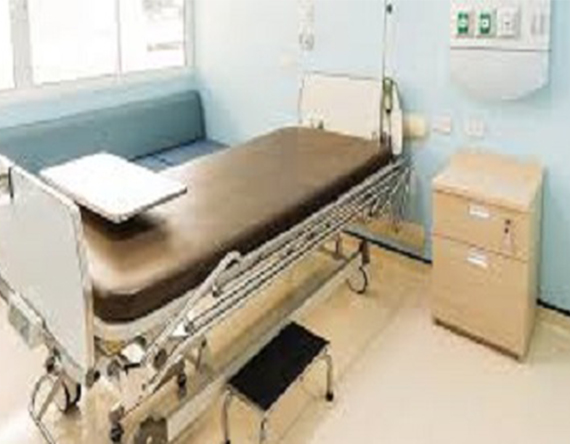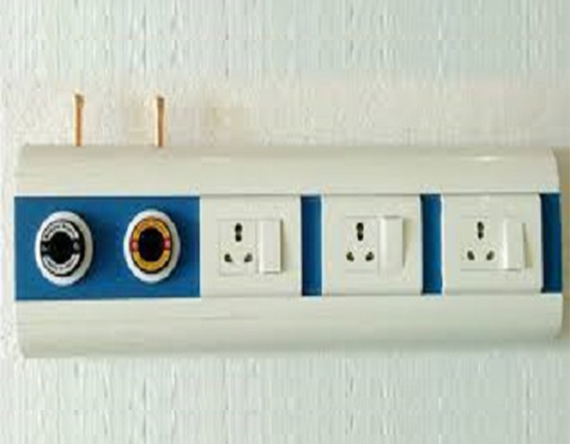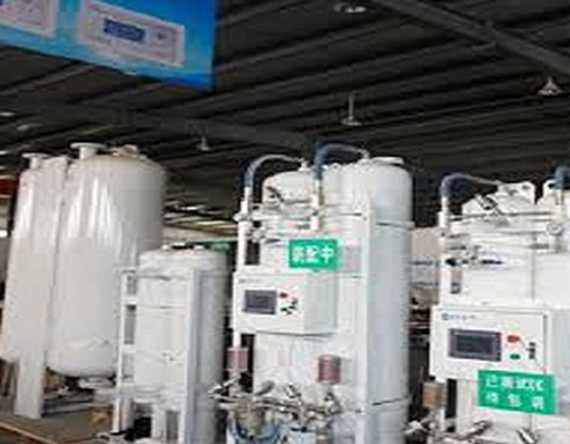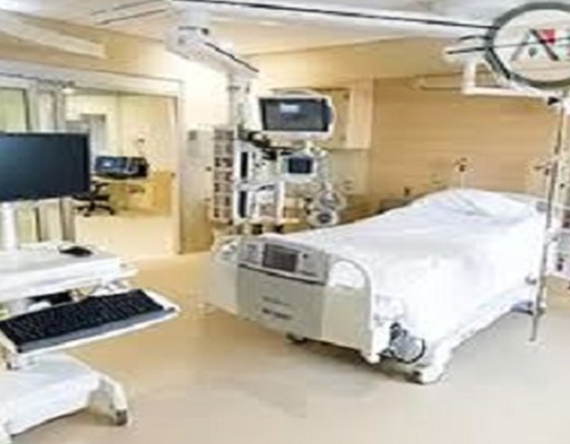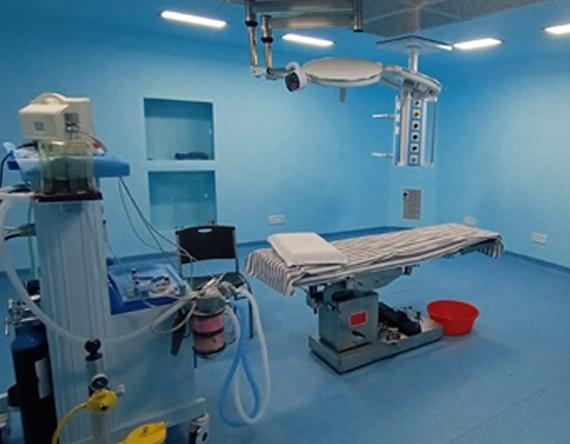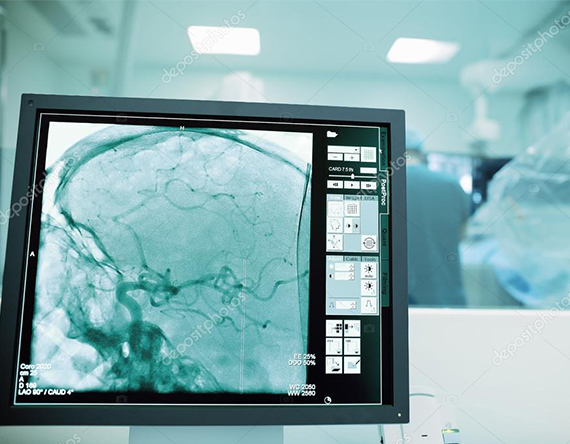
Cath Lab
Description
Cardiac catheterization (kath-uh-tur-ih-ZAY-shun) is a procedure used to diagnose and treat certain cardiovascular conditions. During cardiac catheterization, a long thin tube called a catheter is inserted in an artery or vein in your groin, neck or arm and threaded through your blood vessels to your heart. Using this catheter, doctors can then do diagnostic tests as part of a cardiac catheterization. Some heart disease treatments, such as corona
🗹 Cardiac catheterization laboratories (or Cath Lab) are usually staffed by a multidisciplinary team.
🗹 Cardiac physiologists usually set up what is known as a transducer to monitor pressure in the arteries
🗹 The physiologist will also set up a temporary pacemaker if the procedure is an angioplasty or a PCI.
Finally, they also set up defibrillators on to the patient for emergency use if needed. In some locations, some of these responsibilities may be carried out by other personnel, such as trained nurses or technologists
